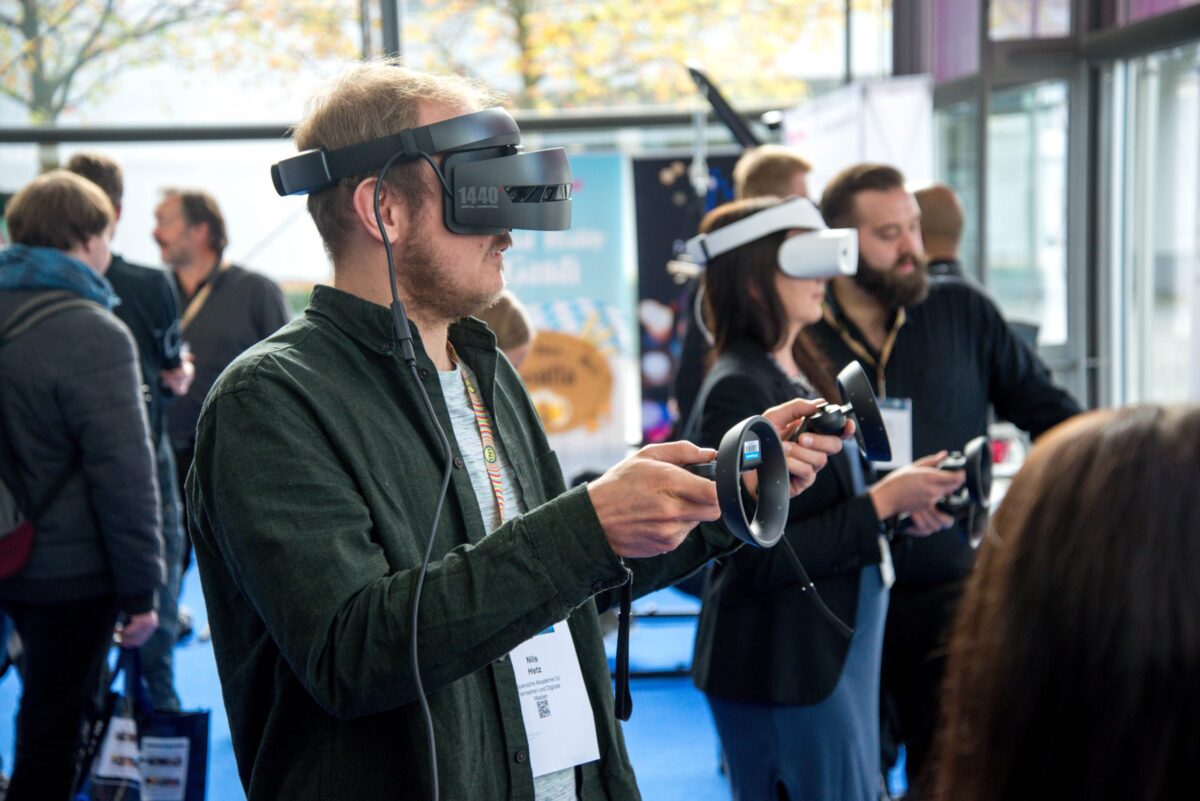

Several years ago, I started using an augmented reality (AR) app for my smartphone whenever I ventured into the mountains. It was quite useful; I could point my device at any mountain to see information overlaid on the image. When I moved my device around, the information changed to correspond with what I saw.
Google Glass was an early example of AR glasses. However, the Three Digital Accelerators(computing power, digital storage, and bandwidth) I first identified in 1983 as the drivers of predictable exponential change were not advanced enough when this product emerged, and miniaturization of components had not reached the level needed to make the glasses look like regular glasses.
While few consumers tried them, Google Glass opened the eyes of entrepreneurs to see future possibilities. Surgeons used Google Glass to watch a patient’s vitals without taking their eyes off the surgical area, warehouse workers used them to locate products needing boxing, and universities used them to enhance student engagement in science lab classes.
The Future of AR
Now that the Three Digital Accelerators have improved enough to enhance smart glasses, consumer use will increase. Imagine walking down a busy street in New York City searching for the perfect slice of pizza. It would benefit you to be wearing AR glasses that can quickly scan the area for a highly recommended restaurant per consumer reviews. Wearing the technology rather than having your eyes divert to your phone is faster and safer.
I envision that the earpiece of your AR glasses will act as a rheostat, allowing you to fade the information in or out. As a keynote speaker, wearing a pair of AR glasses that allow me to see the names of audience members would be helpful, and by adjusting the fade control, turning off the information as needed will be helpful. This does not exist – yet. One of the principles I teach is “If it can be done, it will be done, and if you don’t do it, someone else will.”
It’s clear that practical uses for AR are ripe with opportunity. After acquiring smart glasses lens manufacturer Akonia Holographics in August 2018, Apple has been working on AR products. This positions the company to positively disrupt the industry, along with Microsoft and Facebook, which are working on AR glasses of their own.
Outside the US, Chinese technology giant Huawei is creating its own version of smart glasses. Its latest device, the Mate 20 Pro smartphone, already utilizes augmented reality apps predominately, but the company suggests that AR glasses are definitely in the works.
The company will bring more AR experiences to the Mate 20 Pro so its customers can use AR more widely before releasing its smart glasses. By better perfecting the user experience, they are pre-solving predictable problems, following one of my core principles.
Outside of AR, Huawei is a serious player in consumer electronics. It recently displaced Apple as being the world’s second-largest smartphone maker, expanded its digital products and even ventured into the world of smart speakers.
In comparison with virtual reality (VR), AR is developing faster for several reasons.
1) VR requires the user to be cut off from the real world in order to be fully immersed in a virtual world, while AR allows the user to see the real world simultaneously.
2) VR requires time-intensive graphics programming in order to create a photo-realistic 3D world, limiting the ability to attract the talent needed to grow as fast as AR.
3) VR headsets are cumbersome compared to AR glasses.
Augmented reality represents a new platform for launching game-changing products and services. If you want to profit from this fast-growing industry, focus on being anticipatory by identifying the Hard Trends that are shaping the future and their related opportunities to lead change.
If you would like to learn how to become more anticipatory in the new world of augmented reality, be sure to pick up my latest book The Anticipatory Organization today!




